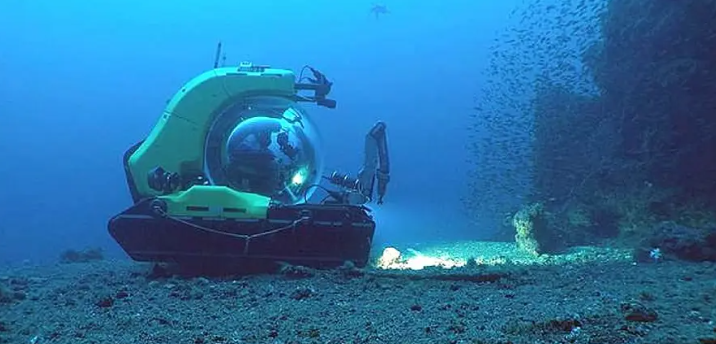India Officially Names New Underwater Features in the Indian Ocean (GS paper 1, Geography)

Introduction
- India has recently achieved a significant milestone in oceanographic research with the official naming of three underwater features in the Indian Ocean.
- The International Hydrographic Organization (IHO) and UNESCO’s Intergovernmental Oceanographic Commission (IOC) have approved the names proposed by India: Ashoka Seamount, Chandragupt Ridge, and Kalpataru Ridge.
Details of the New Names
- Ashoka Seamount: Discovered by the Russian research vessel Akademik Nikolay Strakhov in 2012, Ashoka Seamount is an underwater mountain that spans approximately 180 square kilometers. It is named after Emperor Ashoka, renowned for his contributions to Indian history and the promotion of Buddhism.
- Chandragupt Ridge: This elongated and oval-shaped ridge was identified in 2020 by the Indian research ship MGS Sagar. Covering an area of 675 square kilometers, it is named in honor of Chandragupta Maurya, the founder of the Maurya Empire, who played a pivotal role in the early history of India.
- Kalpataru Ridge: Also discovered by the Akademik Nikolay Strakhov in 2012, Kalpataru Ridge extends over 430 square kilometers. The name Kalpataru is derived from the mythological wish-fulfilling tree in Hindu lore, symbolizing abundance and prosperity.
Historical Context
India’s involvement in naming underwater features in the Indian Ocean dates back to the early 1990s. The recent additions to this list bring the total number of named features to seven. Some notable previous names include:
- Raman Ridge (1992): Named after Sir CV Raman, a pioneering physicist known for his work on light scattering, which led to the discovery of the Raman effect.
- Panikkar Seamount (1993): This seamount honors oceanographer NK Panikkar, who made significant contributions to the understanding of the Indian Ocean.
- Sagar Kanya Seamount (1991): Named after an Indian research vessel, this seamount highlights India’s commitment to oceanographic exploration.
- Wadia Guyot (1993): Dedicated to geologist DN Wadia, who made substantial contributions to the study of the geology of the Himalayas and the Indian subcontinent.
Research Initiatives
- These recent discoveries are part of the Indian Southern Ocean Research Programme, which was inaugurated in 2004.
- The programme, spearheaded by the National Centre for Polar and Ocean Research (NCPOR) based in Goa, aims to advance our knowledge of ocean chemistry, marine ecosystems, and biodiversity.
- The naming of these underwater features not only enhances the scientific understanding of the Indian Ocean but also reflects India’s growing prominence in global oceanographic research.
About the Indian Ocean
- The Indian Ocean is the third-largest ocean in the world, covering about 20% of the Earth's water surface.
- It is bordered by 38 countries and hosts a variety of unique marine ecosystems.
- The ocean is home to the world’s largest saltwater lake, Lake Urmia, and notable marine phenomena such as the Agulhas Current, the most significant exchange of seawater globally.
- It features the Indian Plate and the Sunda Trench, the only oceanic trench in this region.
Conclusion
- The official naming of Ashoka Seamount, Chandragupt Ridge, and Kalpataru Ridge represents a significant advancement in the global recognition of India's contributions to oceanography.
- By naming these underwater features, India not only acknowledges its rich historical and cultural heritage but also underscores its growing role in international scientific research.
- These names serve as a testament to India's commitment to enhancing our understanding of the marine world and its continuous efforts to contribute to global scientific knowledge.
- As research and exploration continue, India’s involvement in naming and studying underwater features will likely inspire further advancements and foster a deeper appreciation for the intricate dynamics of the Indian Ocean.


